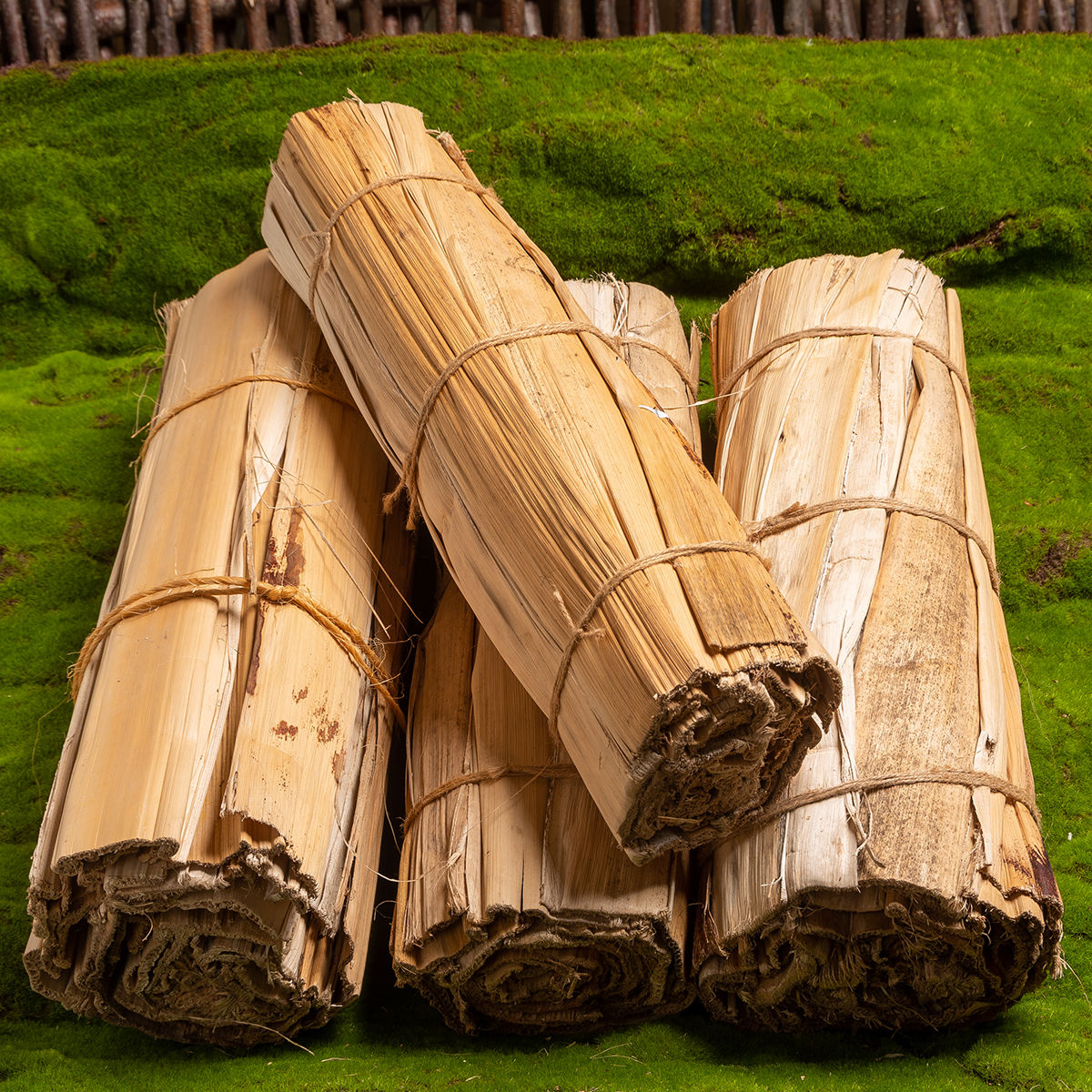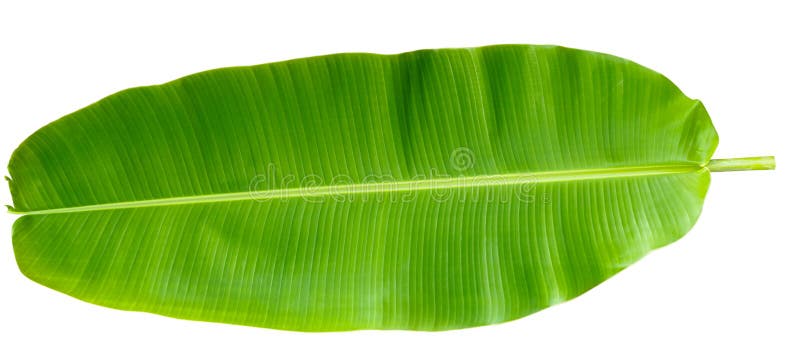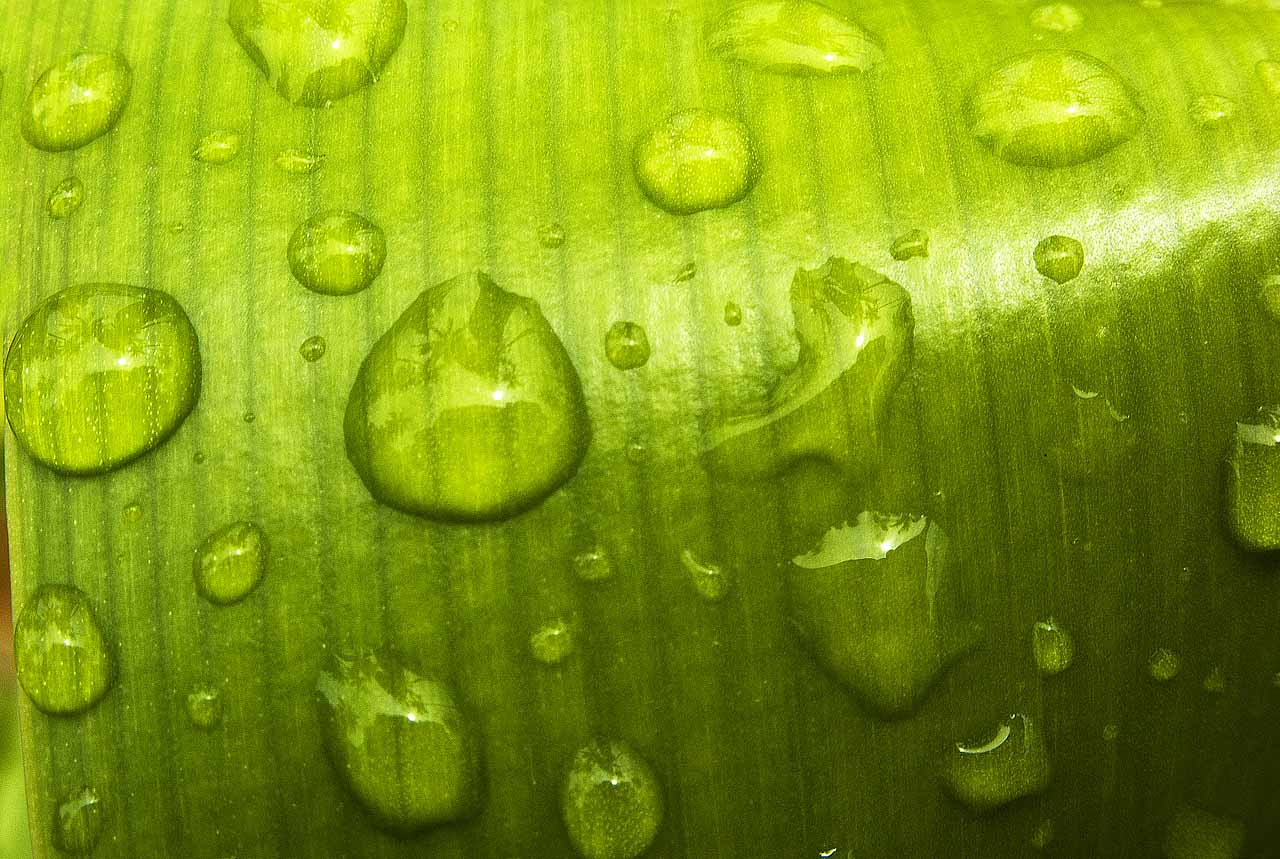
Another traditional method of serving food is by placing it on a banana-leaf liner placed over a woven bilao (a winnowing basket made of bamboo). Sumang kamoteng kahoy ( cassava suman), wrapped in banana leaves.īanana leaves are the traditional method of serving food in Philippine cuisine, with rice and other dishes laid out on large banana leaves (a salo-salo, reminiscent of a buffet) and everyone partaking using their bare hands ( kamayan). Malay foods such as nasi lemak are also commonly wrapped with banana leaves before being wrapped with newspaper, as banana leaves add fragrance to the rice. In Malaysian and Singapore cuisine, banana leaves are used to wrap certain kuih and otak-otak. Decorated and folded banana leaves on woven bamboo plates are used as serving trays, tumpeng rice cones, and holders for jajan pasar or kue delicacies. The cleaned banana leaf is often used as a placemat cut banana-leaf sheets placed on rattan, bamboo or clay plates are used to serve food. It also functions as a traditional disposable take-away food container. The pincuk fit in the left palm, while the right hand is used to consume the food. The pincuk secured with lidi semat (small thorn-like pins made from the coconut-leaf midrib). In Java, banana leaf is also used as a shallow conical bowl called "pincuk", usually to serve rujak tumbuk, pecel or satay. Banana leaves are also used to wrap several kinds of snacks kue (delicacies), such as nagasari or kue pisang and otak-otak, and also to wrap pressed sticky-rice delicacies such as lemper and lontong.


In Indonesian cuisine, banana leaf is employed in cooking methods called pepes and botok the banana-leaf packets of food are steamed, boiled, or grilled on charcoal.

Different colors depend on the banana leaf which is used as the wrapper.


 0 kommentar(er)
0 kommentar(er)
